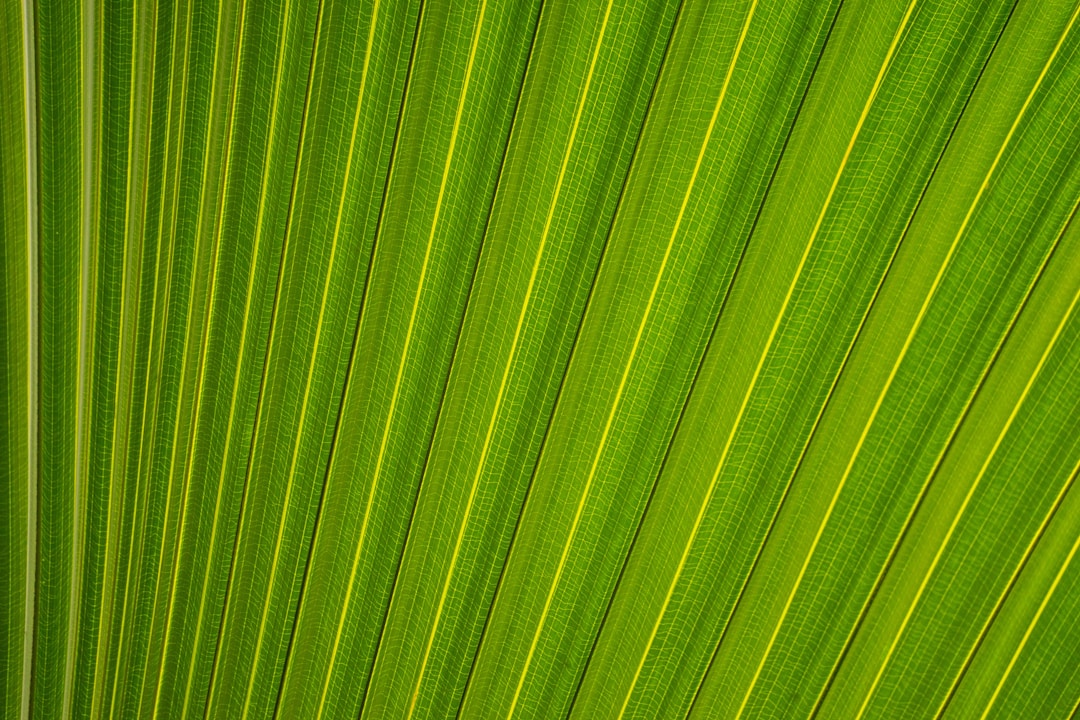The Straight Answer: Does Brass Turn Your Skin Green?
Let's cut straight to the chase: Yes, brass jewelry can potentially turn your skin green. If you've noticed a greenish or bluish tint on your skin after wearing a brass ring, bracelet, or necklace, you're not alone. This is a relatively common phenomenon, especially with alloys like brass. But before you ditch your stylish brass accessories, it's crucial to understand why this happens, whether it's harmful, and most importantly, what you can do about it.
The good news is that this green tint is usually harmless and is a natural chemical reaction, not typically an allergic one. Understanding the process empowers you to wear your favorite men's brass pieces with confidence. So, the question isn't just "does brass turn your skin green?" but rather "why does it happen and how can I manage it?"
The Science Behind the Green: Why Brass Causes Skin Discoloration
To understand why brass might leave a mark, we need to look at its composition. Brass is an alloy, meaning it's a mixture of metals. Its primary components are copper and zinc. The key player in the green skin mystery is the copper.
Here’s the breakdown:
- Oxidation: Copper reacts with elements in its environment. When exposed to oxygen (in the air), moisture (from sweat or humidity), and acidic substances (like those found on your skin or in lotions), the copper undergoes a chemical process called oxidation.
- Copper Salts: This oxidation process forms a layer of copper compounds, often copper chlorides, sulfates, or carbonates, depending on the specific substances it reacts with. These compounds are typically blue or green.
- Transfer to Skin: When you wear brass jewelry, especially pieces that fit snugly like rings or bracelets, the warmth and moisture from your skin accelerate this oxidation. The resulting green copper salts then rub off onto your skin, causing the temporary discoloration.
Think of it like the patina that develops on copper statues or roofs over time – that greenish layer is essentially the same type of chemical reaction happening on a micro-scale between the brass jewelry and your skin. The rate at which this happens varies significantly from person to person.
Is the Green Stain from Brass Harmful?
Seeing green skin can be alarming, leading many to worry if it's a sign of something dangerous or an allergic reaction. Generally, the green stain itself is not harmful. It's simply a deposit of copper salts on the surface of your skin.
It's important to differentiate this common reaction from a true metal allergy:
- Oxidation Reaction (Green Skin): This is a chemical reaction between the copper in the brass and your skin's environment. It usually presents only as discoloration, perhaps with mild irritation if the skin is broken or very sensitive. It washes off easily.
- Metal Allergy (e.g., Nickel Allergy): A true allergic reaction involves your immune system reacting to a specific metal, most commonly nickel (which can sometimes be found in trace amounts in certain brass alloys, though high-quality jewelry brass aims to minimize this). Symptoms include redness, itching, swelling, bumps, or even blisters. This requires avoiding the allergen.
While pure brass (copper and zinc) allergies are rare, some lower-quality brass items might contain nickel or other metals that *can* cause allergic contact dermatitis. If you experience itching, redness, or swelling beyond simple green discoloration, you might have a sensitivity to another metal in the alloy or the brass itself. However, for most people asking "does brass turn your skin green?", the answer relates to the harmless oxidation process.
Factors That Increase the Likelihood of Green Skin from Brass
Why do some people experience green skin from brass more often or more intensely than others? Several factors influence this reaction:
- Individual Skin Chemistry: Everyone's skin is different. Factors like the pH balance of your skin and the composition of your sweat play a significant role. More acidic sweat tends to react more strongly with the copper in brass, accelerating oxidation and increasing the chance of discoloration.
- Sweat and Moisture: The more you sweat while wearing brass jewelry, the more moisture is available to facilitate the oxidation process. This is why you might notice the green effect more during exercise, hot weather, or if you wear the jewelry in the shower or while swimming (which should generally be avoided).
- Lotions, Soaps, and Chemicals: Certain chemicals found in lotions, soaps, perfumes, sunscreens, and cleaning products can react with brass. Applying these products while wearing your jewelry can speed up tarnishing and increase the likelihood of skin discoloration.
- Environmental Humidity: High humidity in the air provides more moisture, contributing to faster oxidation even when you're not sweating profusely.
- The Brass Alloy Itself: The exact ratio of copper to zinc, and the presence of any other trace metals or protective coatings, can influence how reactive the brass is.
Understanding these factors helps explain why a brass ring might turn your finger green one week but not the next, or why your friend can wear the same piece without any issue.
Preventing the Green: How to Wear Brass Without Skin Discoloration
Now for the practical part. If you love the look of brass but want to avoid the green tint, here are several effective strategies:
- Keep it Dry: This is the golden rule. Remove your brass jewelry before showering, swimming, washing hands, exercising, or applying lotions and perfumes. Allow your skin to dry completely before putting your jewelry back on.
- Create a Barrier: A simple, temporary fix is applying a layer of clear nail polish or a specialized jewelry sealant (like polymer coatings) to the inside of the brass piece – the part that contacts your skin. This creates a physical barrier preventing the copper from reacting with your skin. Note that this coating will wear off over time and needs reapplication.
- Clean Your Jewelry Regularly: Tarnish and oxidation build-up can increase skin discoloration. Regularly cleaning your brass jewelry removes these reactive compounds. Use a soft cloth, mild soap and water, or a dedicated brass cleaner. Ensure it's dried thoroughly afterwards.
- Choose High-Quality or Coated Brass: Reputable jewelers often use specific brass alloys less prone to reacting or apply protective finishes. Sometimes brass jewelry is plated with other metals (like gold or rhodium), which prevents direct contact between the brass and your skin, though the plating can wear off over time.
- Rotate Your Jewelry: Avoid wearing the same brass piece 24/7. Giving your skin and the jewelry a break reduces continuous exposure and reaction time.
- Manage Skin Acidity (Indirect): While harder to control, maintaining a balanced diet and good hydration can sometimes influence your body's overall pH, potentially lessening the reaction, though this is highly individual.
Implementing these tips significantly reduces the chances of experiencing that unwanted green hue, allowing you to enjoy the aesthetic of brass worry-free.
Caring for Your Men's Brass Jewelry
Proper care not only helps prevent skin discoloration but also keeps your brass accessories looking their best. Brass naturally develops a patina over time, which some appreciate for its vintage character. However, excessive tarnish contributes to the green skin issue.
Cleaning Brass Jewelry:
- Mild Soap and Water: For light cleaning, use lukewarm water and a mild dish soap. Gently scrub with a soft cloth or soft toothbrush, rinse thoroughly, and dry completely with a soft cloth. Trapped moisture is the enemy!
- Lemon Juice/Baking Soda Paste: For heavier tarnish, make a paste of lemon juice and baking soda. Apply gently with a soft cloth, let it sit for a few minutes (not too long), rinse thoroughly, and dry completely. Use sparingly as acid can be harsh.
- Specialized Brass Cleaners: Commercial brass cleaners (like Brasso, used carefully and according to instructions) can be effective but might be too harsh for delicate pieces or remove desirable patina. Always test on an inconspicuous area first.
- Polishing Cloth: A jeweler's polishing cloth can help restore shine and remove minor tarnish between deeper cleans.
Storage Tips:
- Store brass jewelry in a cool, dry place.
- Keep pieces separate to avoid scratching.
- Storing in an airtight bag or container with an anti-tarnish strip can significantly slow down oxidation.
Consistent care is key to maintaining the look and wearability of your stylish brass pieces.
What if My Skin is Already Green? Removing the Stain
If you've already got the green mark, don't panic. Removing the discoloration from your skin is usually simple:
- Soap and Water: Often, a good wash with regular soap and water is enough to remove the green stain.
- Rubbing Alcohol: If soap and water aren't cutting it, try gently rubbing the area with a cotton ball soaked in rubbing alcohol.
- Lemon Juice: The mild acidity of lemon juice can also help break down the copper salts. Apply with a cotton ball, let sit for a minute, then wash off thoroughly.
- Makeup Remover: Oil-based makeup removers can sometimes lift the stain effectively.
The stain is superficial and should come off with a little effort. Avoid harsh scrubbing, which can irritate your skin.
Brass vs. Other Men's Jewelry Metals
How does brass compare to other popular metals regarding skin reactions?
- Sterling Silver (.925): Contains copper, so it can also cause green skin in some individuals, though it's more known for tarnishing black/grey due to silver sulfide formation.
- Stainless Steel: Highly resistant to corrosion and oxidation. Generally hypoallergenic and very unlikely to cause skin discoloration. A great option for sensitive skin.
- Gold: Pure gold (24k) doesn't react. However, gold jewelry is usually an alloy. Lower karats (like 10k or 14k) contain more alloy metals (copper, silver, nickel), increasing the potential for reaction, though less common than with brass or silver.
- Titanium: Extremely hypoallergenic and resistant to corrosion. Will not turn skin green.
- Tungsten Carbide: Very durable and generally hypoallergenic, unlikely to cause discoloration.
Brass offers a unique warm, golden hue often sought for its vintage or rugged appeal, distinct from the cool tones of silver or steel. Its potential for discoloration is simply a characteristic to manage.
Embracing Brass: Style and Confidence
Despite the potential for a temporary green tint, brass remains a fantastic choice for men's jewelry. Its warm tone complements many skin types and styles, offering a look that's both classic and contemporary. From bold brass cuffs to subtle pendants, it adds a touch of sophisticated edge.
Knowing does brass turn your skin green is less about avoidance and more about understanding and care. By following the prevention tips and maintaining your jewelry, you can confidently incorporate brass into your accessory rotation. The character and patina brass develops over time can even add to its unique appeal, telling a story of wear and time.
Ultimately, the choice to wear brass comes down to personal preference and style. Armed with the knowledge of why skin discoloration happens and how to prevent it, you can make an informed decision and enjoy this versatile and stylish metal.
For further reading on metal reactions, consider resources from dermatological associations like the American Academy of Dermatology (placeholder link) or chemical explanations from educational sites.
```
